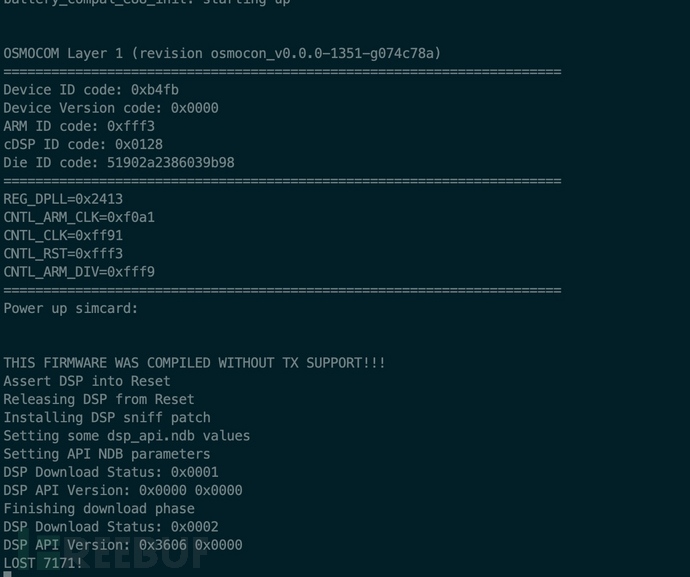Understanding Tau PET Scan: A Comprehensive Guide to Its Role in Alzheimer's Diagnosis and Research
Guide or Summary:Tau PET Scan is an advanced imaging technique that has gained significant attention in the field of neurodegenerative disease research, par……
Guide or Summary:
Tau PET Scan is an advanced imaging technique that has gained significant attention in the field of neurodegenerative disease research, particularly in relation to Alzheimer's disease. This innovative method allows researchers and clinicians to visualize the presence and distribution of tau protein deposits in the brain, which are considered hallmark features of Alzheimer's disease and other tauopathies. In this article, we will explore the importance of tau PET scans, how they work, their implications for diagnosis and treatment, and the future of this technology in understanding Alzheimer's disease.
Tau proteins are essential for stabilizing microtubules in neurons, but when they become hyperphosphorylated, they can aggregate and form neurofibrillary tangles. These tangles disrupt normal cellular function and contribute to neurodegeneration. The accumulation of tau has been linked to cognitive decline, making it a crucial target for diagnosis and treatment strategies in Alzheimer's disease. Traditional diagnostic methods, such as cognitive assessments and MRI scans, often fail to provide a complete picture of the underlying pathology. This is where Tau PET Scan technology comes into play.

The Tau PET Scan utilizes a radiotracer that binds specifically to tau proteins, allowing for the visualization of tau deposits in the brain during a PET (Positron Emission Tomography) scan. The process begins with the administration of a radiolabeled compound, which is injected into the patient’s bloodstream. As the compound travels through the body, it crosses the blood-brain barrier and binds to tau aggregates. The PET scanner then detects the emitted signals from the radiotracer, creating detailed images that reveal the location and density of tau deposits in the brain.
One of the significant advantages of Tau PET Scan is its ability to provide insights into the progression of Alzheimer's disease. By comparing scans taken at different stages of the disease, researchers can better understand how tau pathology correlates with cognitive decline. This information is invaluable not only for clinicians in making accurate diagnoses but also for researchers seeking to develop new therapeutic interventions. With the ability to visualize tau pathology in living patients, Tau PET Scans offer a dynamic perspective on the disease that was previously unattainable.

Moreover, the implications of Tau PET Scans extend beyond diagnosis. They also play a critical role in clinical trials for new Alzheimer's treatments. By using tau PET imaging, researchers can assess the effectiveness of experimental drugs in targeting tau pathology. This can lead to more efficient and informed drug development processes, ultimately benefiting patients who are in need of effective treatments.
While the potential of Tau PET Scans is immense, there are challenges and considerations to keep in mind. The availability of radiotracers, the cost of PET imaging, and the need for specialized equipment can limit access to this technology in some regions. Additionally, interpreting the results of tau PET scans requires expertise, as factors such as age, comorbidities, and other neurodegenerative diseases can influence tau deposition patterns.

In conclusion, the Tau PET Scan represents a significant advancement in our understanding of Alzheimer's disease and other tauopathies. By enabling the visualization of tau aggregates in the brain, this imaging technique provides critical insights into disease progression, enhances diagnostic accuracy, and supports the development of targeted therapies. As research continues to evolve, the integration of Tau PET Scans into clinical practice promises to revolutionize the approach to diagnosing and treating Alzheimer's disease, ultimately improving outcomes for patients and their families. The future of tau imaging is bright, and its potential to change the landscape of neurodegenerative disease research and treatment is just beginning to be realized.